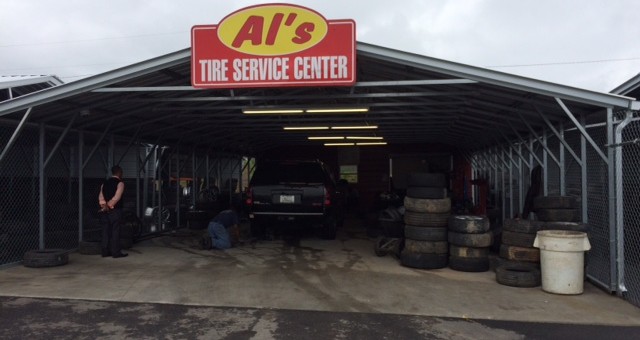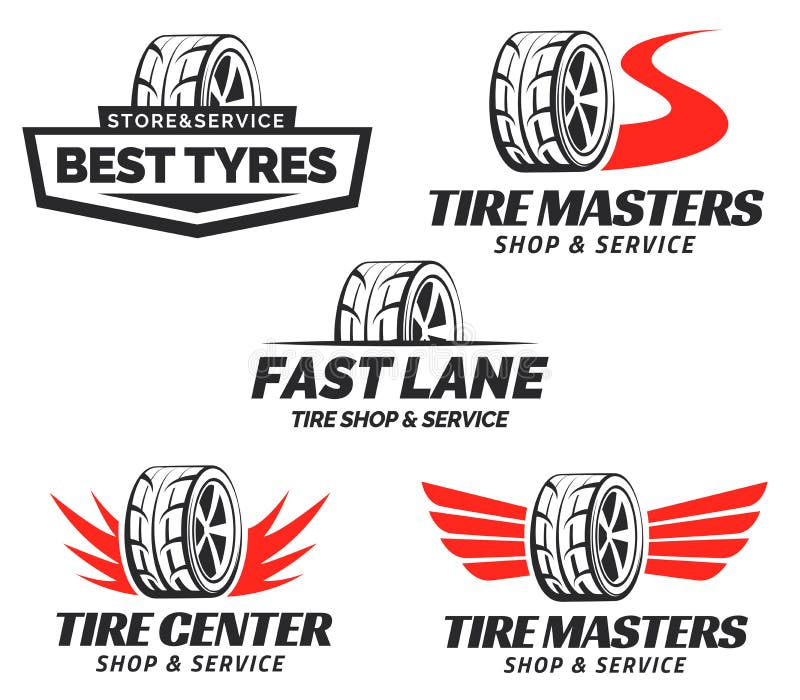The Scientific Research Behind Tire Repair Service and Safety And Security
When it comes to the detailed world of tire upkeep and safety, there exists a realm of science that frequently remains hidden by the ordinary driver - tire shop near me. The products that compose a tire, the effect of tire pressure on general safety, the ramifications of walk wear, the detailed characteristics of tire grip, and the often-overlooked significance of correct wheel alignment all play important roles in making certain a lorry runs safely and successfully. As we navigate with the intricacies of tire repair work and safety, it becomes apparent that a deeper understanding of these clinical concepts is not just advantageous however essential for every chauffeur when traveling
Tire Composition and Functionality
What materials make up the composition of tires, and just how do these components add to their functionality on the roadway? Steel cables are included to enhance the tire's toughness and aid it keep its shape under various roadway problems.
The rubber compounds provide grasp and grip, allowing the tire to adhere to the road surface and provide security throughout velocity, stopping, and cornering. On the whole, the cautious choice and combination of these materials make certain that tires can carry out successfully and securely on different roadway surfaces and conditions.
Effect of Tire Pressure on Safety
On the other hand, overinflated tires have less contact with the roadway surface, lowering grip and creating uneven wear on the tire treads. Properly filled with air tires also play a crucial duty in fuel efficiency, as underinflated tires can enhance rolling resistance, leading to lowered gas mileage. On a regular basis inspecting and preserving the appropriate tire pressure not only makes sure security however likewise extends the lifespan of the tires, saving on replacement prices in the lengthy run.
Footstep Use and Its Implications
Proper monitoring of tire walk wear is critical for ensuring optimum efficiency and safety and security when traveling. As tires use down, the depth of the step reduces, reducing the tire's capacity to preserve traction, specifically in slippery or damp conditions. The step pattern and depth play a vital duty in directing water far from the tire to protect against hydroplaning and maintaining grasp on the roadway surface area.
Unequal wear might suggest concerns with tire suspension, rising cost of living, or placement elements. Put on indications are constructed into the tire tread and end up being noticeable when the walk depth gets to a certain low point, showing the requirement for immediate replacement.

Understanding Tire Grip Dynamics
Checking tire tread wear not only makes sure optimum performance and security yet also straight impacts the traction characteristics of the tires on different roadway view it surface areas. Tire grip is a vital aspect of vehicle handling and security, as it establishes the grip between the tires and the roadway. Traction dynamics vary depending upon roadway problems such as dry sidewalk, damp roadways, snow, or ice.

Comprehending tire traction dynamics is vital for chauffeurs to adjust their driving actions according to the roadway conditions. morris tire service. Routinely checking tire step depth and problem can dramatically enhance grip performance, making certain much safer driving experiences throughout different surface areas
Importance of Proper Wheel Alignment
Making sure right wheel placement plays an essential duty in enhancing vehicle performance and expanding tire longevity. Proper wheel placement involves changing the angles of the wheels to maker specifications, guaranteeing that they are vertical to the ground and parallel to each various other. When positioning is off, it can bring about unequal tire wear, decreased gas performance, and compromised handling.
One of the vital benefits of maintaining proper wheel positioning is boosted handling and stability. Misaligned wheels can trigger the lorry to draw to one side, influencing guiding control and total driving experience. Additionally, appropriate positioning promotes also tire wear, avoiding premature tire substitute and saving on maintenance prices in the future.

Conclusion
In conclusion, the science behind tire fixing and safety is essential for keeping vehicle performance and guaranteeing vehicle article source driver safety. By understanding tire composition, pressure, tread wear, traction dynamics, and wheel alignment, drivers can prevent accidents and extend the lifespan of their tires.
The materials that compose a tire, the influence of tire stress on total safety, the implications of tread wear, the elaborate dynamics of tire grip, and the often-overlooked value of correct wheel placement all play essential functions in making sure a car runs securely and effectively. On the other hand, overinflated tires have less call with the roadway surface, decreasing grip and creating unequal wear on the tire treads. Consistently examining and keeping the right tire pressure not just makes sure security however also expands the life expectancy of the tires, saving on substitute expenses in the long run.
Keeping track of tire step wear not only makes certain ideal efficiency and safety and security however additionally directly impacts the traction dynamics of the tires on different roadway surfaces. Tire traction is a critical element of lorry handling and safety and security, as it figures out the grip between the tires and the roadway.